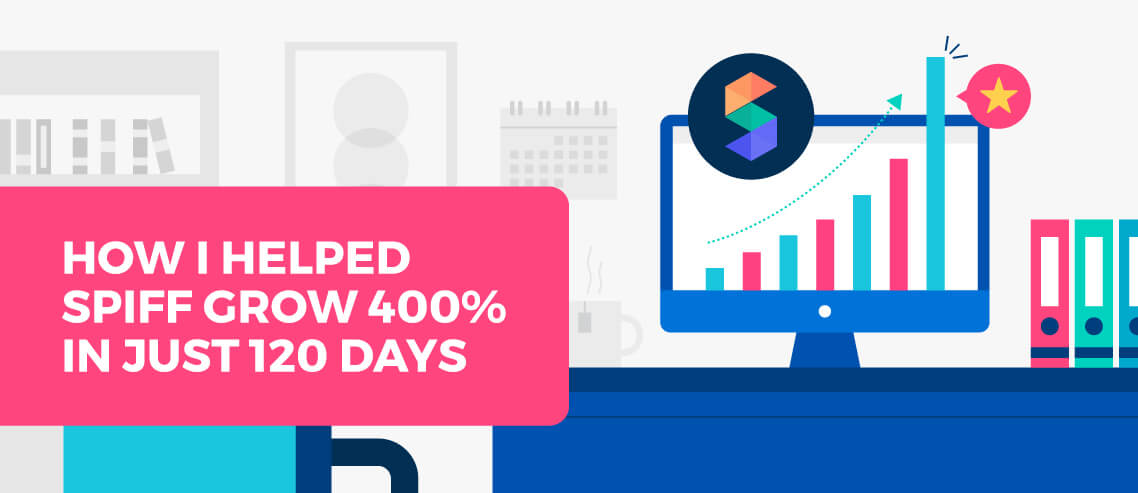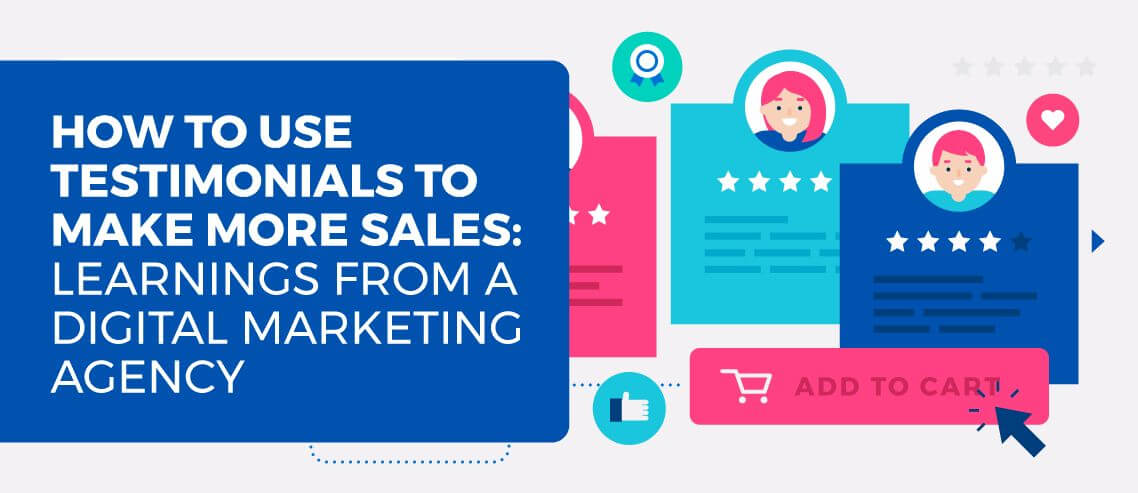A guide to objection handling in the B2B sales environment

Contents
Overcoming sales objections is par for the course in selling. If the buyer didn’t have concerns about your product or service in some shape of form, they probably would have made the purchase already. But just because your prospect is not yet ready to buy doesn’t mean they won’t. Indeed, having objections shows they are engaged with the purchase, though barriers to the sale still exist.
To succeed in the sales environment, objection handling needs to be part of your sales technique arsenal; helping your prospect address their issues before making the sale. Think of it as providing a service that delivers the buyer to the right choice.
Objection or Brush-off?
Before going any further though, it’s worth making sure the objection is not actually a brush-off. Check that your lead has been properly qualified and that you’re not wasting time on someone who has no intention of buying. Check they have a suitable budget and that your contact is the decision maker. Make sure your product fits well enough with their needs and that they are looking to buy within a time frame that works for you, not at some distant date in the future.
Listen to the Objections
Overcoming sales objections is about listening to your prospect’s concerns regarding your product or service. Most commonly it will be a pricing issue, or maybe it isn’t a complete match for their requirements. The role of the sales person is to expose then overcome, or minimalize, those barriers.
The skill here is to not react too quickly but to give the prospect time to speak and to listen carefully to what they have to say. It’s important not to interrupt or be defensive but instead to indicate that you are listening, giving reassurance for them to continue by nodding and making positive sounds, like “OK”, “I understand” or a simple “uh huh”. They may feel uncomfortable in expressing their doubts, so keep relaxed and show that you are interested in what they have to say.
Confirm your Understanding
You might still find that despite your best effort to listen, your own personal assumptions and beliefs distort what you hear. Paraphrase what has been said to show your understanding, for example state “I understand that the first years’ costs are higher than you anticipated” and ask open-ended questions to clarify your understanding.
Sometimes the objection may seem insubstantial so check there isn’t some other underlying reason that hasn’t been voiced. Ask “What else?”, encouraging the prospect to explain all the issues before you respond. As well as indicating that you are listening, this will show your confidence that you have solutions to their objections and can help.
Once you feel you have all their reasons not to buy make your response, taking the most challenging objection first.
Know your Market
You might find there’s no need to overcome sales objections, if you know that your competitors would also fail to meet the prospect’s requirements. Do your homework and understand how your product stacks up with the competition. Use your product knowledge to minimalize the desirability of your competitors while emphasising your USPs.
Addressing the Issues
If price is a concern, before you start discounting, look to differentiate your product from your competitors by highlighting the features, service and customer satisfaction you offer. Look for different payment terms that help to spread the investment, or maybe you can de-scope by removing any non-essential features in return for a lower price. If discounting is the only option, make sure it’s in return for a quick sale or for a longer-term commitment.
Should there be concerns that your product doesn’t include all the features wanted look for compromises. It’s rare we get everything we want in one purchase, but we can generally make a trade off providing the most important ones are included. Again, if you know the prospect will be hard pushed to find exactly what they want elsewhere, be confident that you have the best solution.
Small or new businesses may find that prospects need further reassurance that you’re up to the job. Provide references of your happy customers and point out the USPs that your larger competitors can’t compete with, for example, a more personal service.
If there is anything you can’t deal with straight away, don’t wing it, tell them you need to refer their request higher up. Ask them should you be able to satisfy their concern whether they will be ready to move forward, then get back to them in an agreed time frame.
Create a Compelling Reason to Buy
If they’re still not ready to buy create a compelling event to give them a reason to buy in your timeframe. Maybe you can offer a financial incentive if the order is made by a certain date or put a limit on how long you can offer the quoted price. You might also help them bring the purchase date forward by working their timescale backwards, outlining the installation and training period required before they will be fully up and running.





